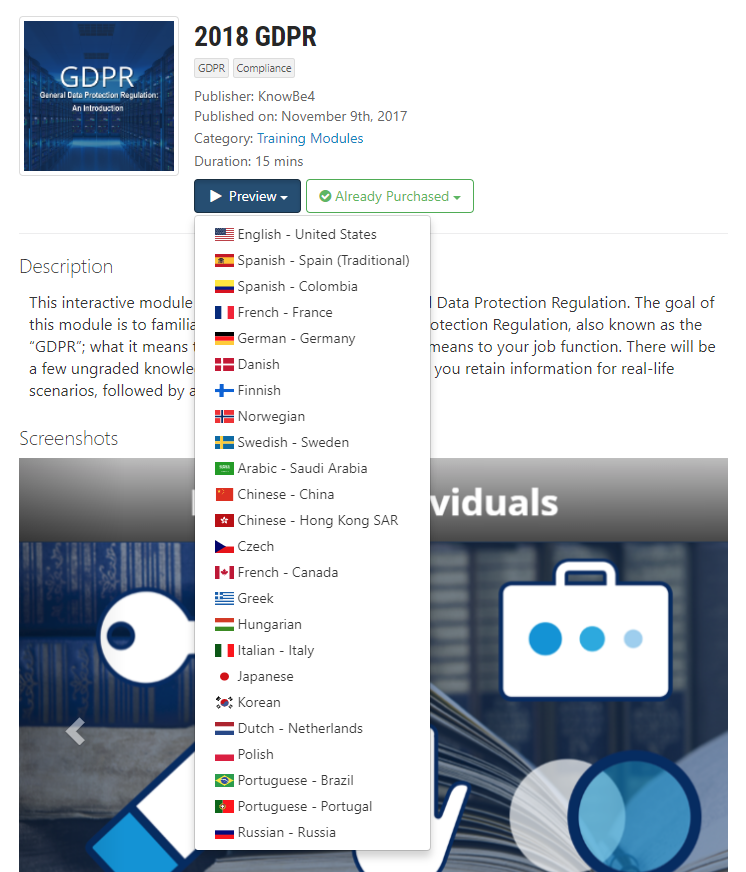Trend Micro has released its annual security roundup, and it shows several interesting trends that will likely continue into 2018. There is bad news and worse news, with a little bit of silver lining here and there. Here is the quick summary of the full report:
To start with something positive, the number of exploit kit attacks is going down, but instead cybercrime is turning towards more reliable tactics such as spam, phishing, and targeting specific, individual vulnerabilities.

That was the silver lining. The bad news is that everything else is on the rise: BEC scams—aka CEO Fraud—, ransomware, stealthy crypto-mining which is now called cryptojacking.
2017 threat landscape
BEC scams. BEC scams more than doubled in the second half of 2017 over the first half, and BEC incidents cost companies billions of dollars. This particular scam is very effective, relatively simple to pull off and can net criminals substantial sums, so it’s no wonder that it’s so popular.
Also, even though these scams have received much attention from the press, there’s seemingly a never-ending pool of potential victims who still don’t know about them, and readily fall for it. No company or industry is safe: the scammers go after tech companies, real estate firms and home buyers, art galleries and dealers, transportation companies, and so on.
The meteoric ascent of stealthy crypto-mining
Criminals going after cryptocurrency can choose between a variety of tactics: they can create apps carrying mining malware, compromise websites and make them quietly serve mining scripts, trick ad networks into delivering miners, deliver malware that steals cryptocurrency wallets, and so on. Also, they can compromise cryptocurrency exchanges and IPO offerings, or trick users into handing them their funds through simple scams.
Another interesting discovery is that compromised IoT devices are used less to fuel DDoS attacks, and more to for cryptocurrency mining, despite the fact that processing power of small IoT devices is limited. Still, the criminals count on “strength in numbers.”
Ransomware still going strong. 2017 witnessed the emergence of over 300 new ransomware families. Their names are many and varied: some are as plain and direct as “Blackmail,” “Locked,” or “Payment”; some evoke more popular threats (“WannaSmile,” “LockCrypt,” “Spectre,” “CoNFicker”); and other seem randomly chosen words and variations (“Bubble,” “Zero,” “Oops”)
You probably haven’t heard about most of them, as the number of their infections is dwarfed by the real, widespread threats: WannaCry, Cerber, and Locky.
“Overall, the total WannaCry detections towered over both Cerber and Locky, two of the biggest ransomware players in terms of longevity, and even the rest of the ransomware families combined,” the researchers shared.
Other ransowmare attacks of note in 2017 were Bad Rabbit and the attack that resulted in a South Korean web hosting provider paying $1 million to the attacker, who leveraged a Linux variant of the Erebus ransomware.
2018 threat landscape
Cyber criminals have made a definite move towards extorting organizations and are refining and targeting their attacks for greater financial return.
“The 2017 roundup report reveals a threat landscape as volatile as anything we’ve seen, with cybercriminals increasingly finding they’re able to gain more — whether it’s money or data or reputation damage — by strategically targeting companies’ most valuable assets,” says Jon Clay, director of global threat communications for Trend Micro.
Another definitive trend is the extremely obvious attackers’ preference for spam email as the main ransomware propagation mechanism.

Between that and BEC scams, the need for effective spam blocking solutions and security awareness training on phishing and social engineering tactics seems quite obvious.
The company’s researchers believe that, with the advent of GDPR, it’s likely that some criminals will try to extort money from enterprises by first determining the GDPR penalty that could result from an attack, and then demanding a ransom of slightly less than that fine, which CEOs might opt to pay.
 Sara Peters, Senior Editor at Darkreading wrote an excellent article about GDPR. It is both reprimanding and encouraging to get off our collective butts and do something about GDPR very soon. If potential penalties of 20 million euros or 4% of your global annual revenue, whichever is higher, don't help us obtain better budgets, then we're doing something wrong. The article starts out with:
Sara Peters, Senior Editor at Darkreading wrote an excellent article about GDPR. It is both reprimanding and encouraging to get off our collective butts and do something about GDPR very soon. If potential penalties of 20 million euros or 4% of your global annual revenue, whichever is higher, don't help us obtain better budgets, then we're doing something wrong. The article starts out with:
"The canary in the coalmine died 12 years ago, the law went into effect 19 months ago, but many organizations still won't be ready for the new privacy regulations when enforcement begins in May.
If you've been comforting yourself with the thought "I'm sure there will be a grace period for the EU's General Data Protection Regulation," think again, pal, because this is the grace period, and it's almost over. May 25, 2018 enforcement actions for GDPR begin, many if not most of us aren't ready, and we really have no good excuse.
Two out of every five respondents to a new survey released Thursday by Thales stated that they don't believe they'll be fully prepared for GDPR when enforcement actions kick in, specifically 38% of respondents in the UK, 44% in Germany, and 35% in the US.
Other recent surveys turn up similar results. Aside from the fact that GDPR officially went into effect in 2016, why is this privacy law and the controls it requests coming as such a surprise? We should have seen this coming from 10 miles and 12 years away." I strongly recommend you read this article right now:
https://www.darkreading.com/risk/were-still-not-ready-for-gdpr-what-is-wrong-with-us-/a/d-id/1330422
Once you have read it, you'll understand the urgency. Then, go to the KnowBe4 Modstore and step through the Preview of the GDPR module. It's available in 24 languages now:





